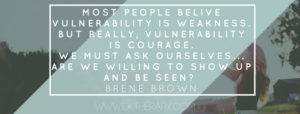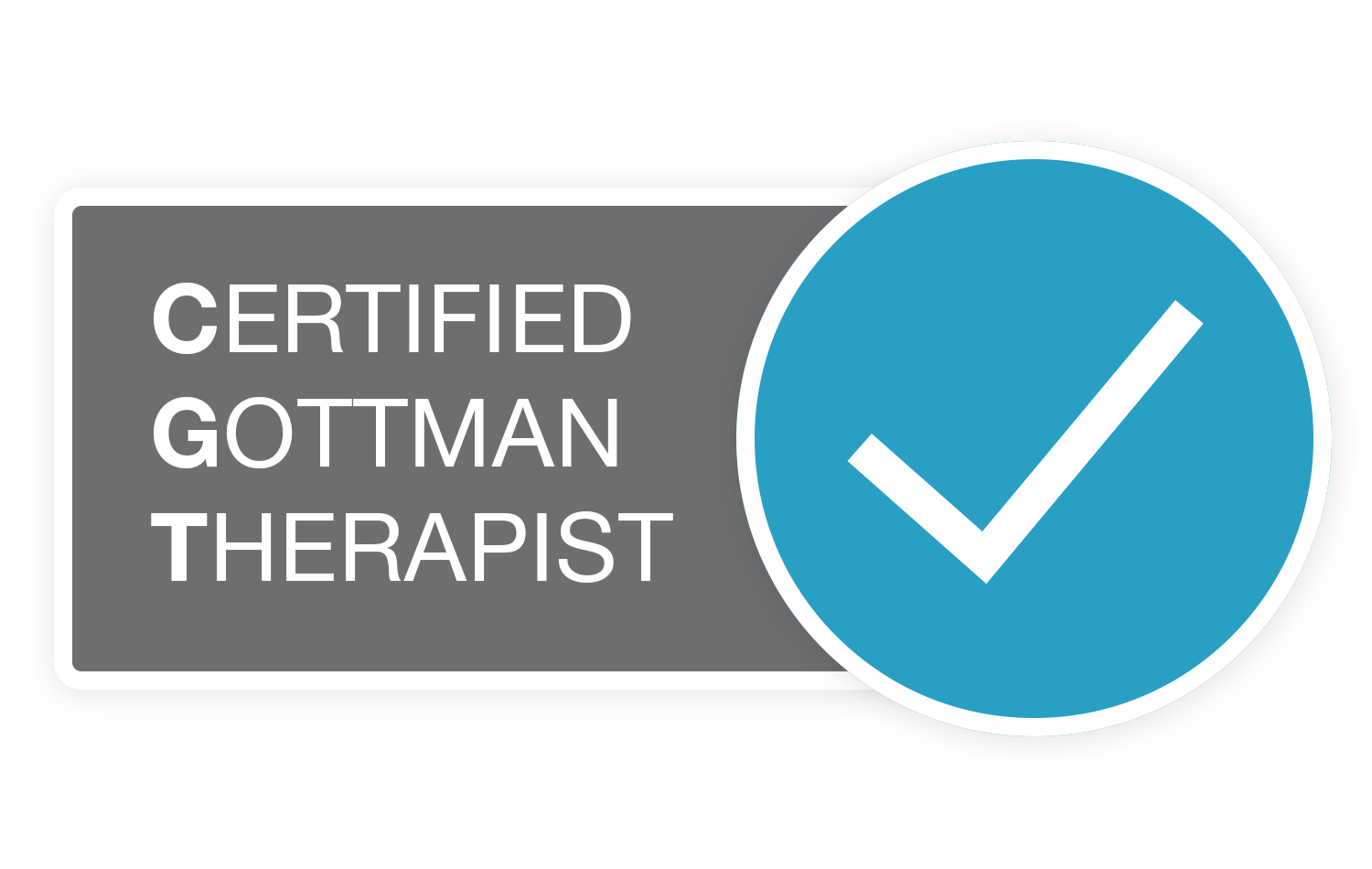The Struggle with Being an Authentic Therapist
One version of myself that I believe I am fairly true to each day is my “therapist self.” This was certainly not always the case, especially when I was just starting out in the field. I would take theories that made the most sense to me and for my clients then do my best to apply interventions like Aaron Beck (CBT) or Carl Rogers (humanistic psychology). I’d read and try to memorize phrases, hoping to appear very knowledgable and insightful to my clients. I am not sure if it was a lack of experience or a lack of confidence in myself as a therapist that made me feel like I had to be a certain type of therapist.
This got old. Fast. I also soon became too busy to read textbooks every night and conceptualize the best interventions for each client down to every word. By far, one of the best pieces of advice I’ve ever gotten was “the best therapist you can be is yourself.” It is sort of like that phrase “be yourself, everyone else is already taken.” This is very true for therapists as well. I could never have been Aaron Beck. Aaron Beck is Aaron Beck and I’m still me. Once I finally embraced this and let go of all of the “therapist selves” I thought I was supposed to be, my life in and out of session got easier. I started to come into my own and take the theories, interventions, and metaphors and put my own spin on them, adding my own humor and life experiences.
I also found that if am myself in a therapy session, that the clients picked up on this and were more of their true selves with me. They seemed to open more more and be more interospective. I hope that I can create the type of space where someone can be his or her authentic self, at least for a hour. Hopefully, afterwards, they will struggle a little less with showing others that version of themselves outside of the therapy session.






